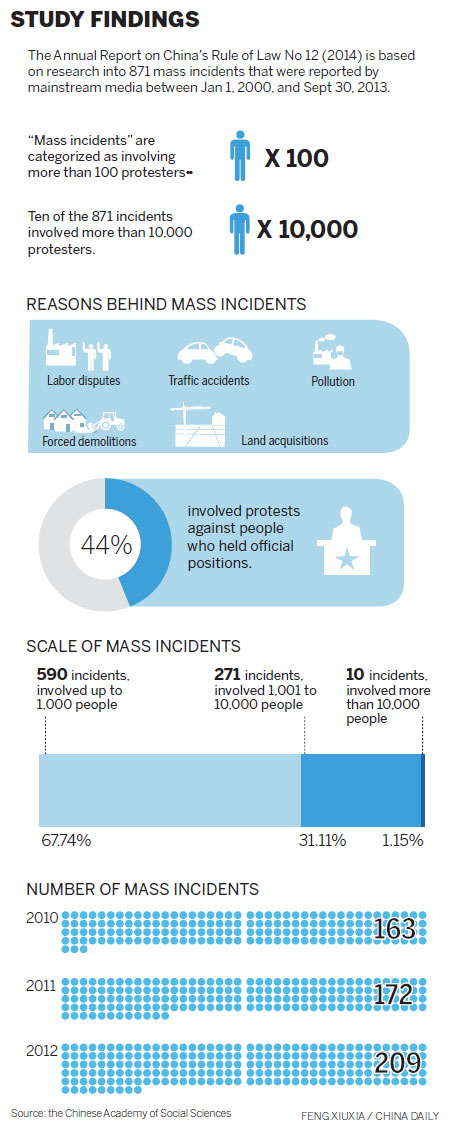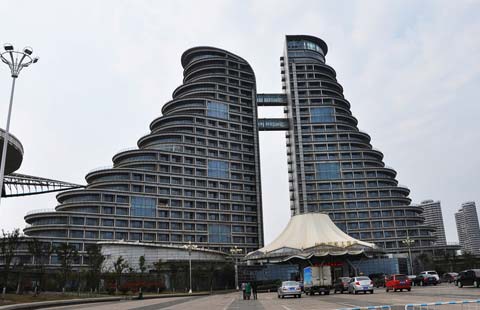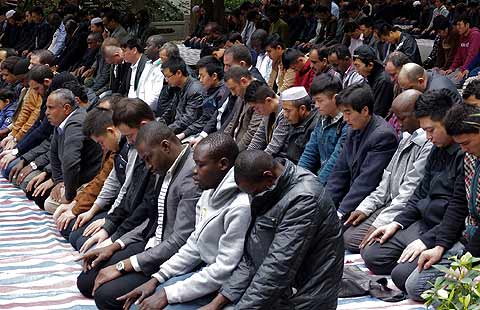Report identifies sources of mass protests
Updated: 2014-04-09 10:02
By Hou Liqiang (China Daily)
|
||||||||
The protests were divided into four categories: spontaneous, such as those following a traffic accident or a housing dispute involving tenants and landlords; targeting schools, enterprises and grassroots autonomous organizations such as village committees; targeting the government or officials; and other incidents, such as those involving ethnic groups.
The largest category of incidents, 387, involved protests against social organizations such as enterprises. Running a close second, 383, were incidents of protests against the government or officials.
Of those 383 incidents, 45.4 percent were sparked by improper law enforcement. Protests against land acquisitions and forced demolitions accounted for 21.7 percent, and protests involving petitions and the protection of rights accounted for 13.6 percent.
The report identified the police and chengguan - urban patrol officers - as the government agencies most often involved in improper law enforcement leading to mass incidents.
There has been a trend of increasing mass incidents, the report found.
The report identified 2010, 2011 and 2012 as leading years for mass incidents, with the number rising each year. The number of incidents involving more than 100 people came to 163 in 2010. The number increased to 172 in 2011 and 209 in 2012.
The report highlighted that mass incidents were more common in developed areas. Guangdong province accounted for 30.7 percent of the total. The report also found 319 of the 871 incidents occurred in South China, while 189 happened in East China.
Labor disputes led to 267 mass incidents, the report found.
Lyu Yanbin, an associate professor at the academy and one of the main editors of the report, said the rising trend was due to many factors and did not necessarily mean that the government or officials were always to blame for such incidents.
"Some people also pursued unjustifiable benefits from the government," Lyu said.
Yu Jianrong, head of the Rural Policy Study Center at the academy, said that rapid economic development triggered more demand for land, resulting in disputes over acquisitions and forced demolitions.
Guangdong initiated reforms early, and many policies were developed and implemented in a haphazard way, Yu said.
Transparency urged
Of the 871 cases presented in the report, 81.6 percent were organized incidents.
The vast majority of incidents were resolved by successful government intervention, but 12 percent reoccurred.
This shows the government should improve its ability to intervene successfully and find solutions to sources of dispute, the report said.
The public's participation in government decision-making processes is unsatisfactory, and channels for resolving disputes and lodging appeals are less than adequate, the report said.
The report recommended that the government make its handling of mass incidents more transparent.
Contact the writer houliqiang@chinadaily.com.cn

 Chinese schools vie in moot court
Chinese schools vie in moot court
 Vigil marks one month since MH370 vanished
Vigil marks one month since MH370 vanished
 The world in photos: March 31-April 6
The world in photos: March 31-April 6
 Simply child's play
Simply child's play
 Photo special: Weird buildings in China
Photo special: Weird buildings in China
 Jackie Chan holds charity concert marking 60th birthday
Jackie Chan holds charity concert marking 60th birthday
 Microsoft to end support for Windows XP
Microsoft to end support for Windows XP
 Poor weather greets baby prince
Poor weather greets baby prince
Most Viewed
Editor's Picks

|

|

|

|

|

|
Today's Top News
Tech gap exposed in search mission
Carrier visit underscores transparency
The tough battle with the army of American lobbyists
Urbanization called major 'tectonic' event by expert
Chinese schools vie in moot court
Chinese, US defense chiefs begin talks
Time runs short in MH370 hunt
Zillow offers US real estate listings
US Weekly

|

|







